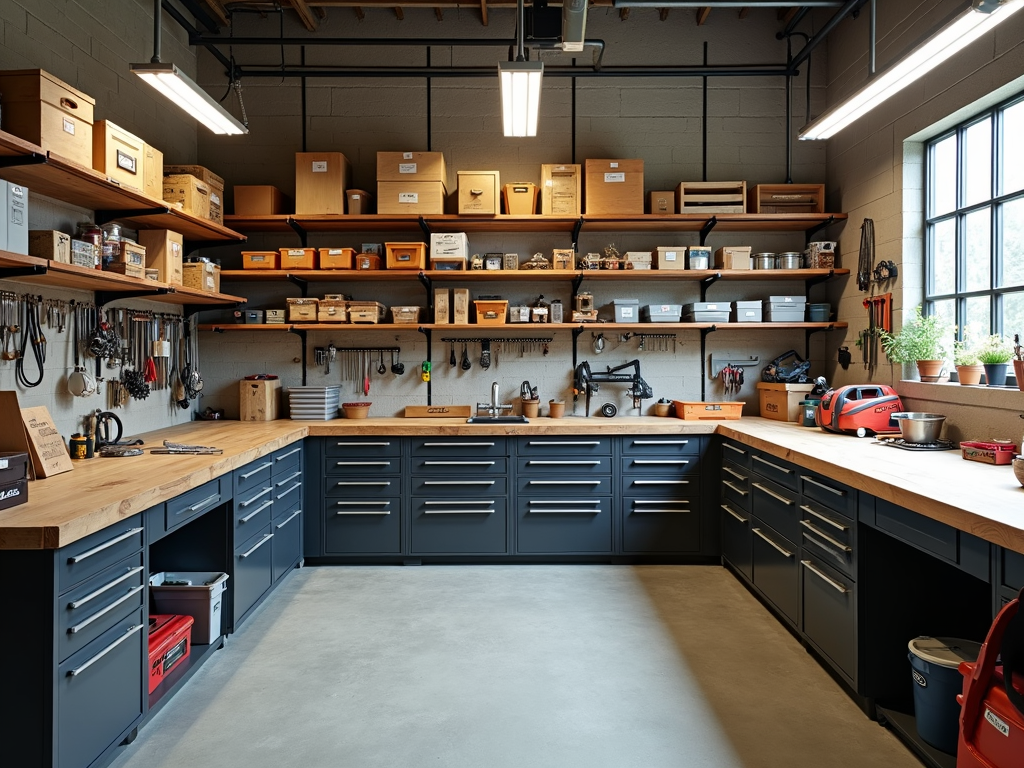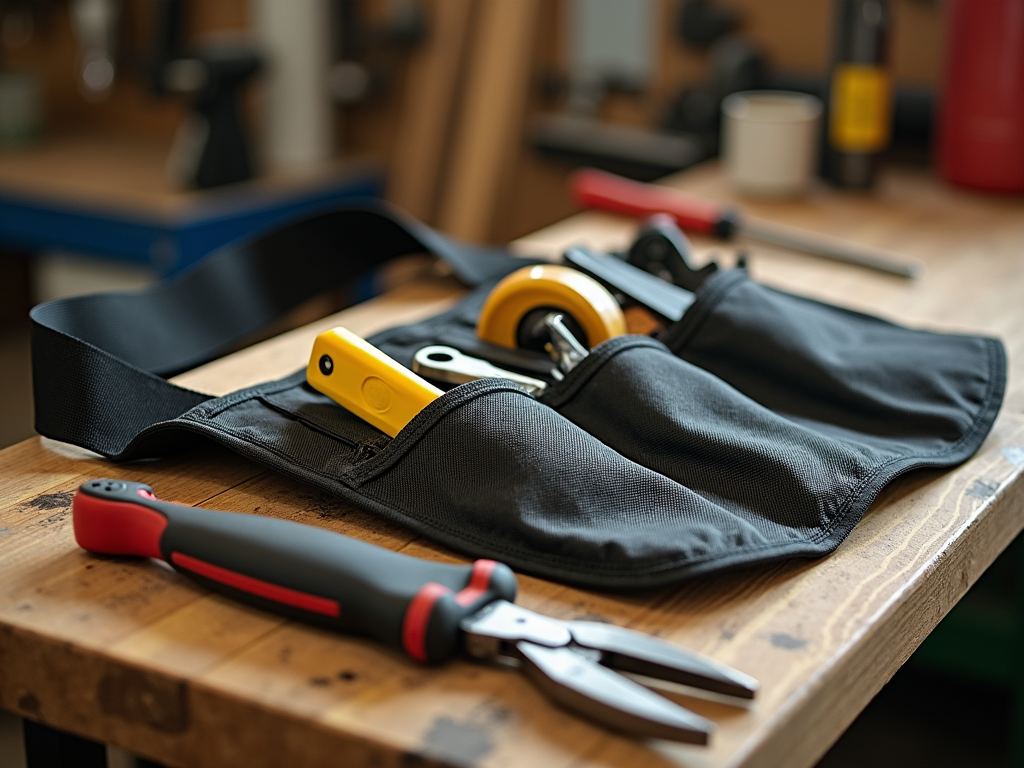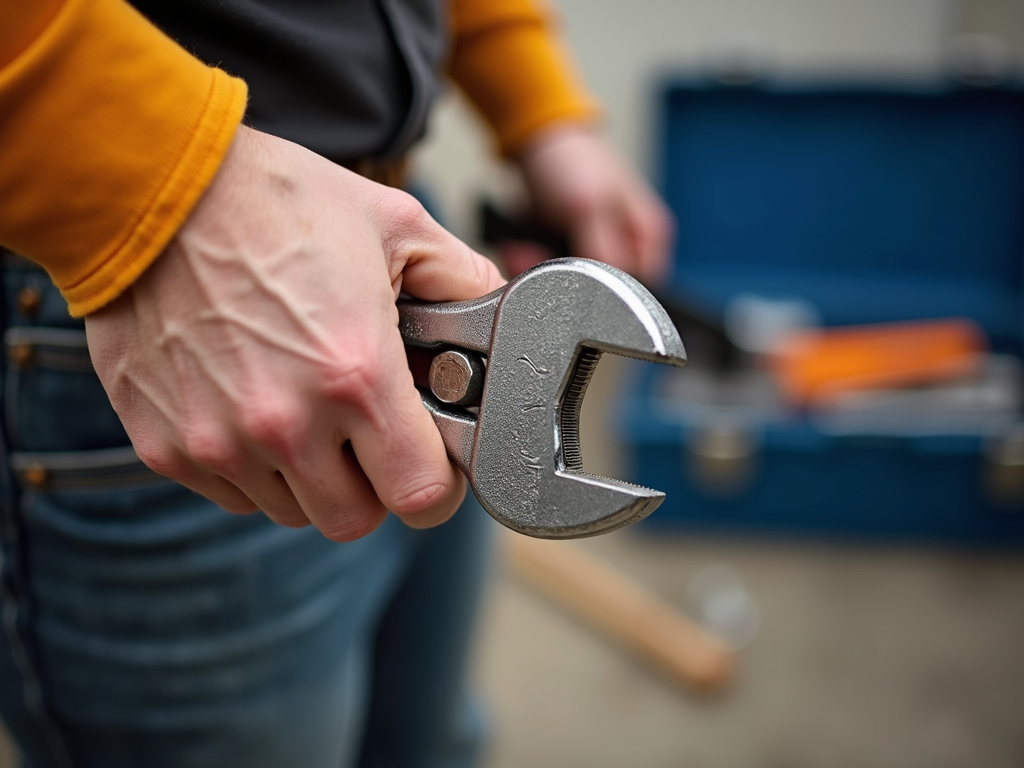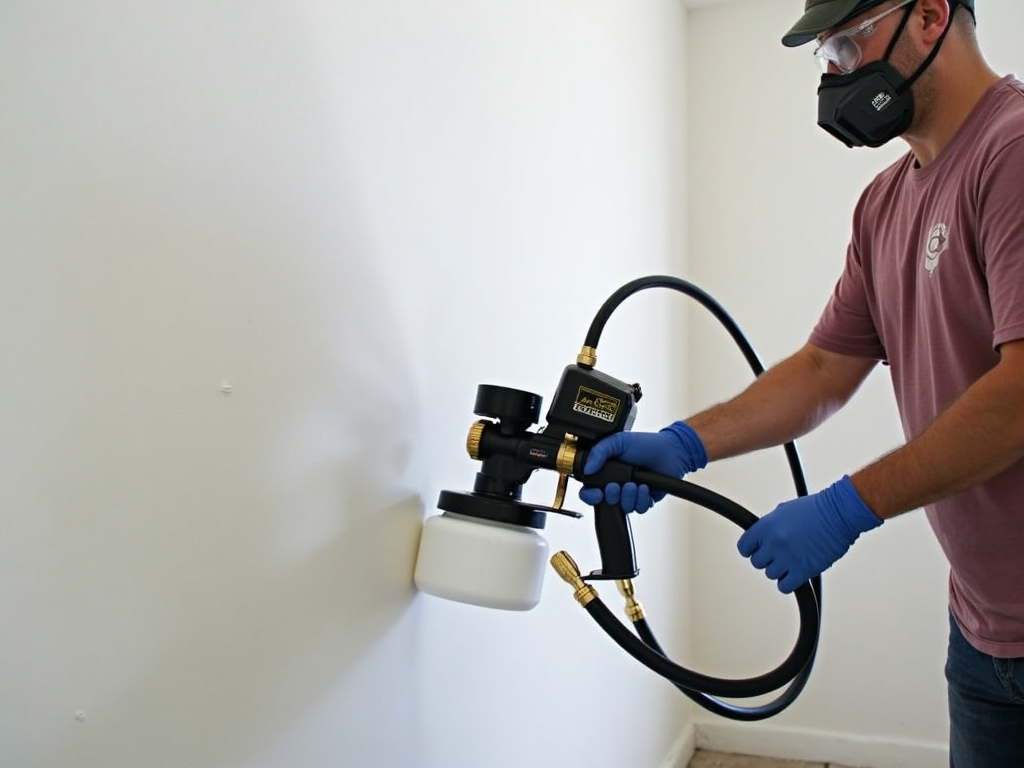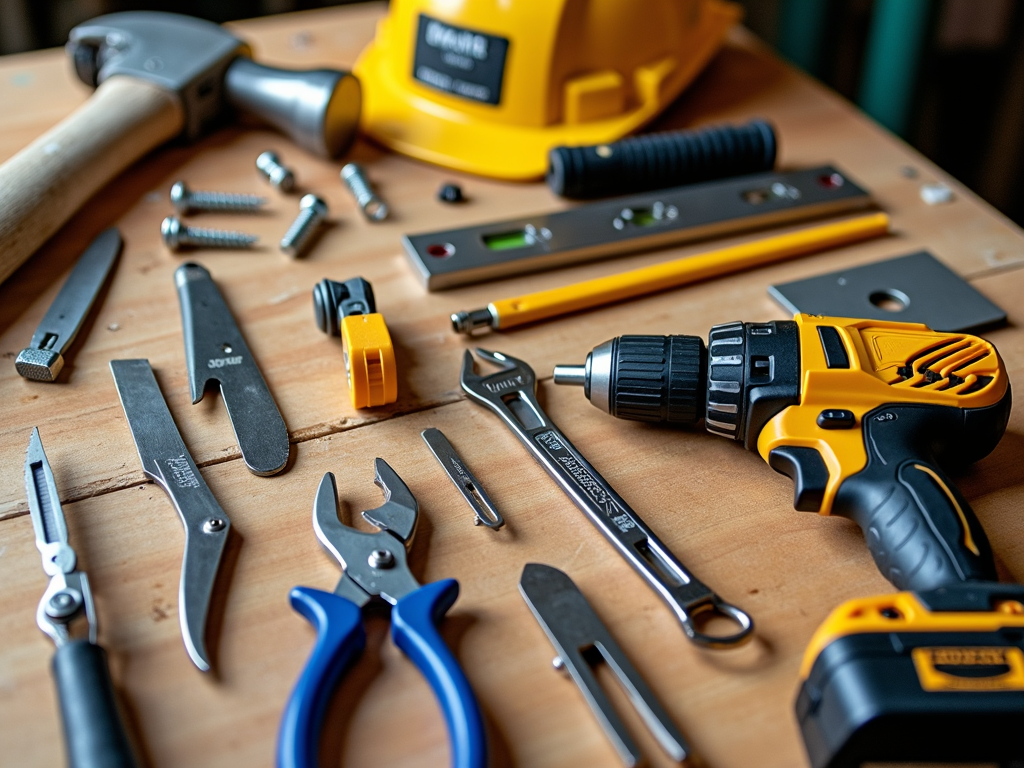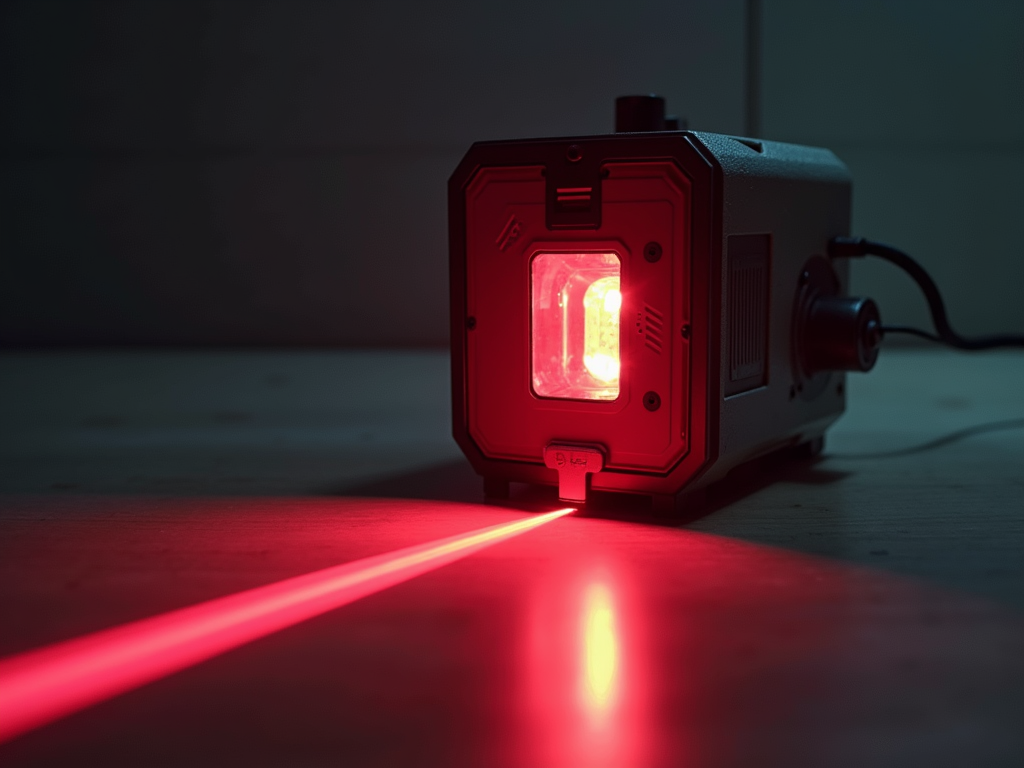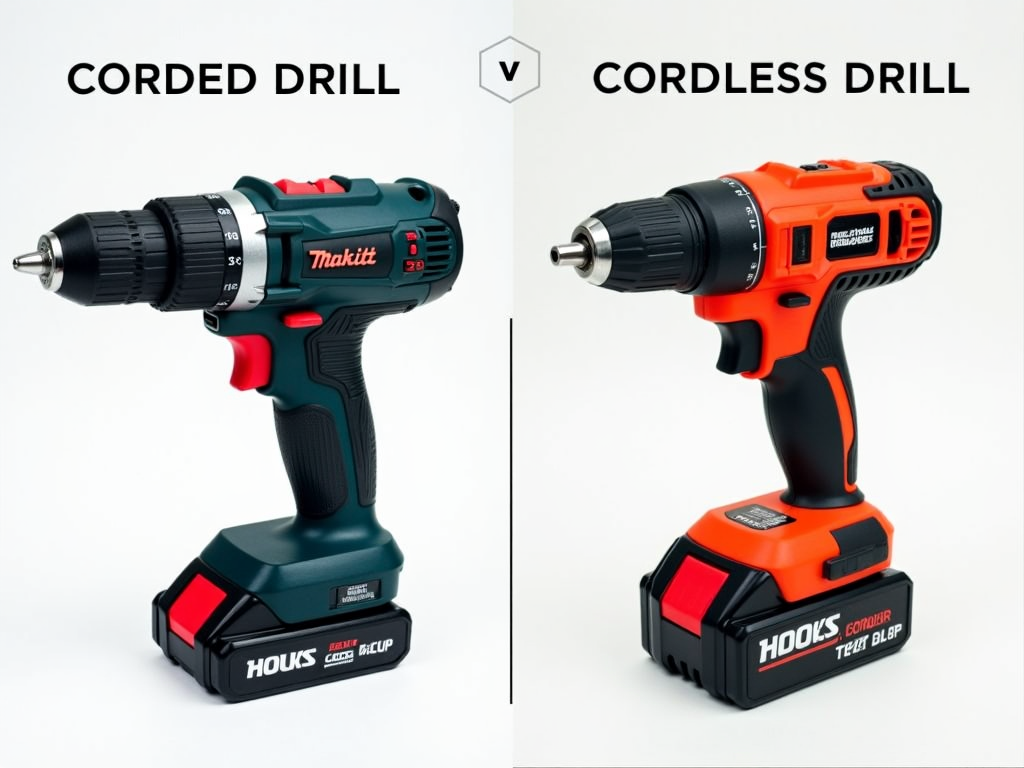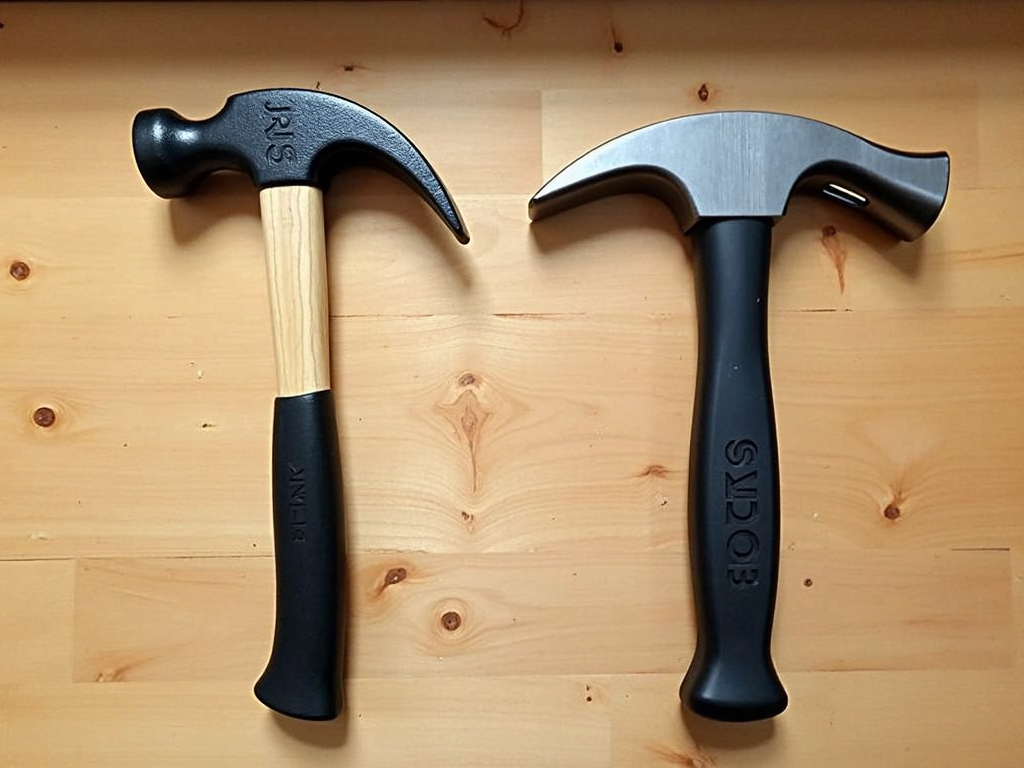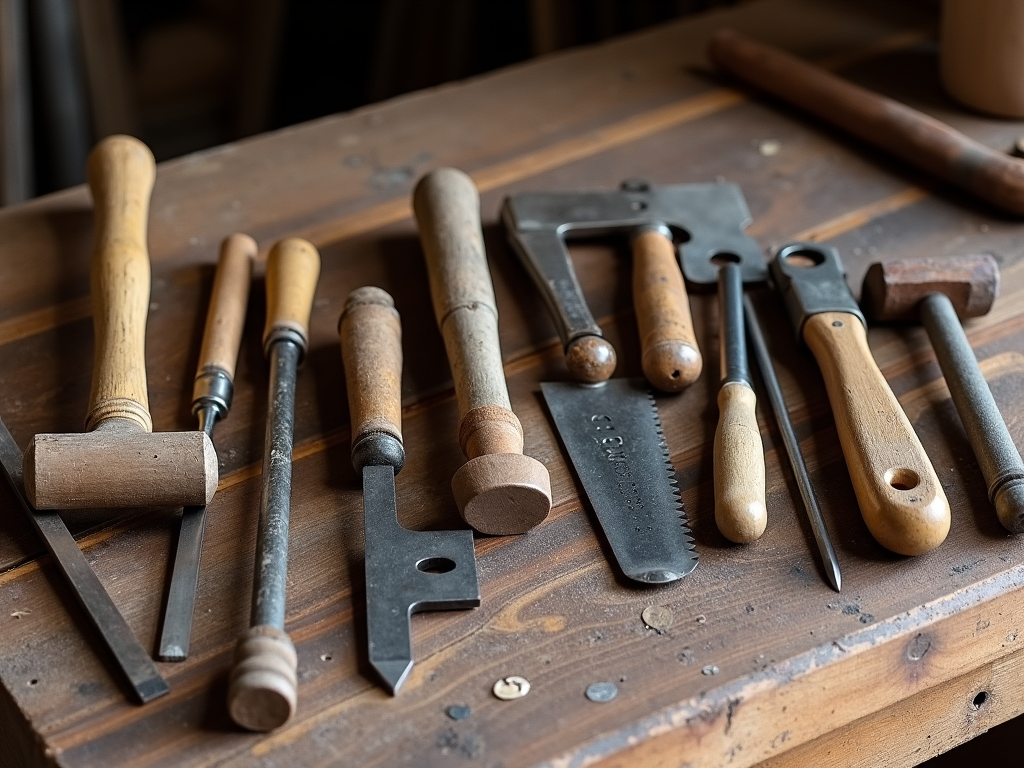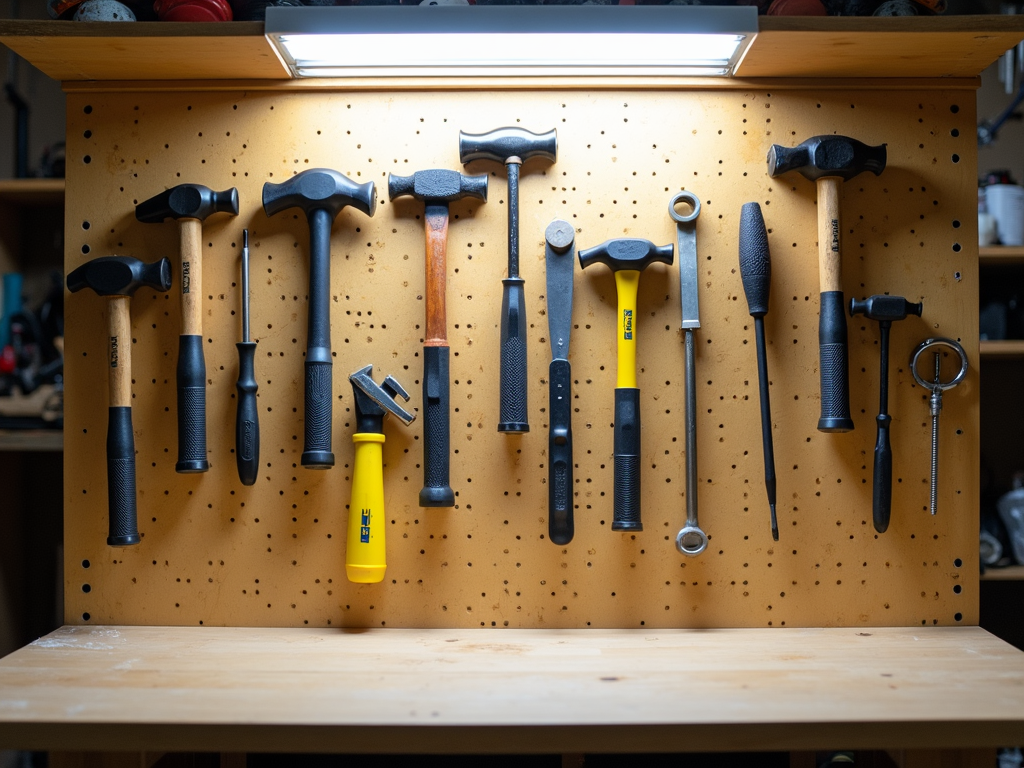Overview
Power washers are amazing tools that blast away dirt with high-pressure water. In this article, we’ll explore The Science Behind Power Washers: How They Work, break down their parts, and share practical tips for using them—especially for cleaning your car. Get ready for a deep dive into these powerful machines!

What Makes Power Washers Tick?
Power washers might look complicated, but their basic idea is simple. They take water from your garden hose and supercharge it. A motor or engine powers a pump that squeezes the water, forcing it out through a nozzle at high speed. This intense stream blasts away mud, grease, and grime.
I’ve used power washers for years, and I’m always amazed at how they turn a weak trickle into a cleaning beast. Whether it’s my patio or my car, these power tools get the job done fast.

The Science Behind the Power
Here’s where The Science Behind Power Washers: How They Work gets interesting. Two things make them effective: pressure and water flow.
- Pressure (PSI): Measured in pounds per square inch, this is the force pushing the water out. Higher PSI tackles tough stains.
- Flow (GPM): Gallons per minute shows how much water comes out. More GPM covers bigger areas.
Think of it like this: PSI is the punch, and GPM is the size of the fist. Together, they knock out dirt. For example, my electric power washer has about 2000 PSI and 1.5 GPM—perfect for most home jobs.
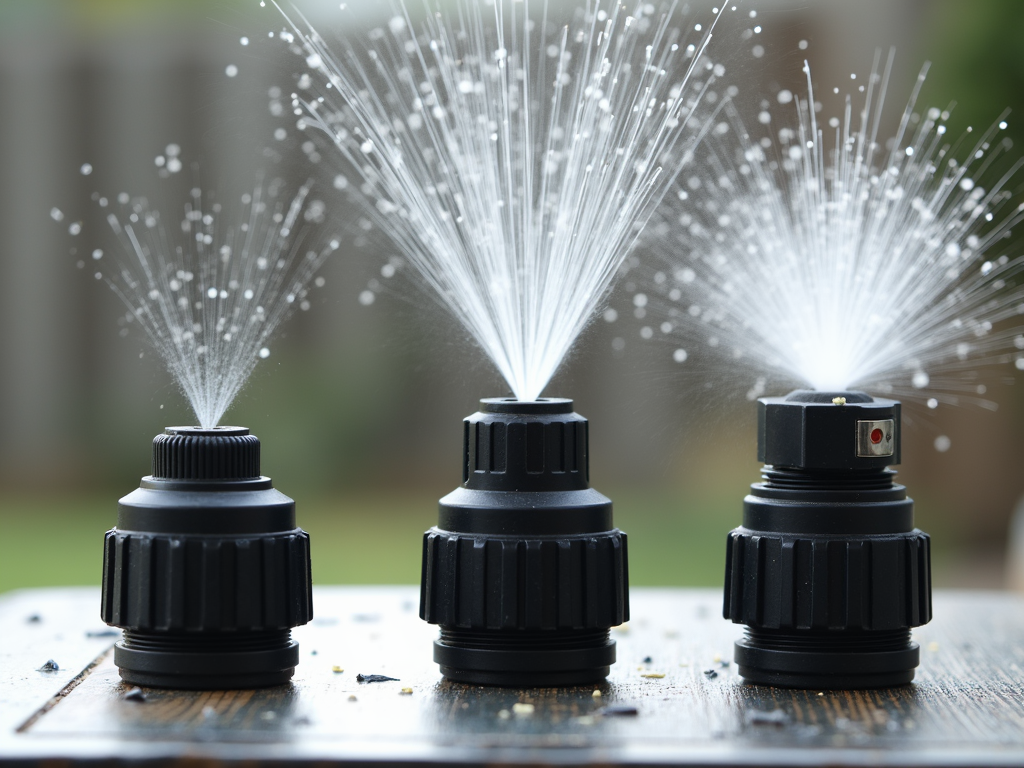
Electric vs. Gas: Picking Your Power Washer
Power washers come in two flavors: electric and gas-powered. Each has its strengths.
- Electric Power Washers: These are lightweight and quiet. They’re great for smaller tasks like washing your car or deck. I love mine because it’s easy to store and doesn’t need gas.
- Gas-Powered Power Washers: These are the heavy hitters. They’re louder and stronger, ideal for big jobs like stripping paint or cleaning a barn.
For home use, electric models often win. But if you’re tackling serious grime, gas might be your pick.

Cleaning Your Car with a Power Washer
Using a power washer on your car is a game-changer, but you’ve got to do it right. I learned this the hard way when I got too close and chipped some paint! Here’s what works:
- Use a wide nozzle (like 40°) for a gentle spray.
- Stay 12-18 inches away from the car.
- Skip the engine area—water and electronics don’t mix.
Start with a rinse, add soap with a foam cannon, then rinse again. Check out The Ultimate Guide to Cleaning Your Car with a Power Washer for more tricks. It’s fast and leaves your car sparkling.
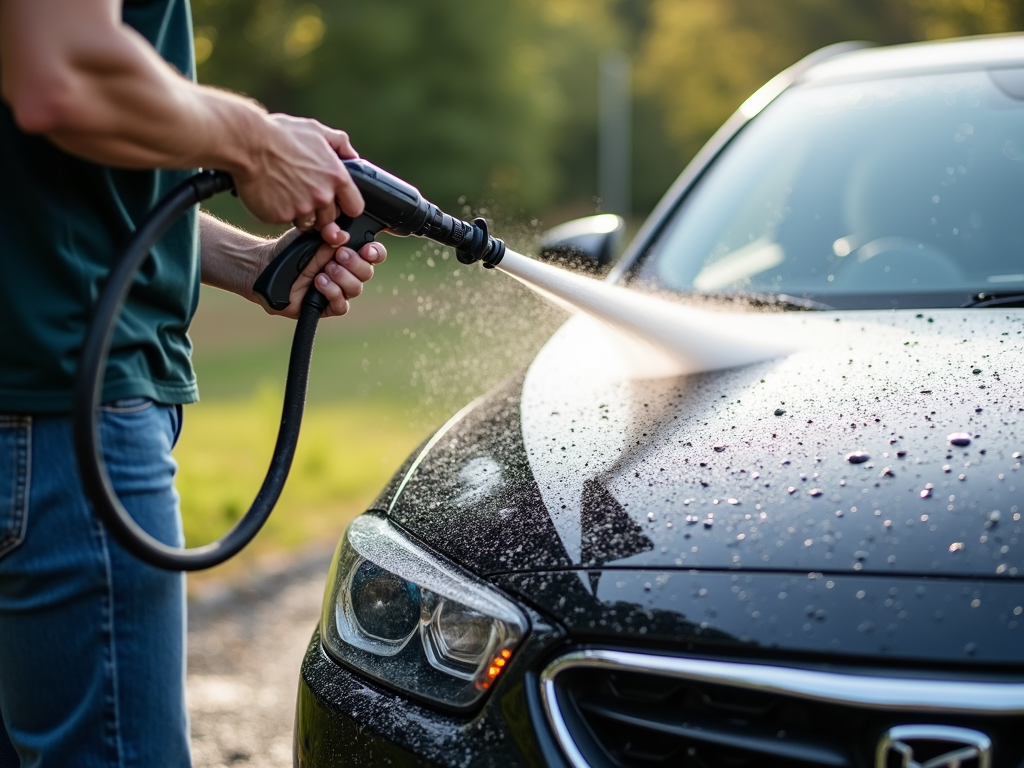
Boost Your Cleaning with Accessories
Power washer accessories for better cleaning can take your results to the next level. Here are my favorites:
| Accessory | What It Does | Why I Like It |
|---|---|---|
| Foam Cannon | Sprays thick soap foam | Perfect for cars—great coverage |
| Surface Cleaner | Cleans flat areas evenly | Saves time on driveways |
| Extension Wand | Reaches high spots | No ladder needed! |
| Nozzle Set | Changes spray patterns | Versatility for any job |
I’ve found the foam cannon transforms car washing. It’s like giving your vehicle a spa day!
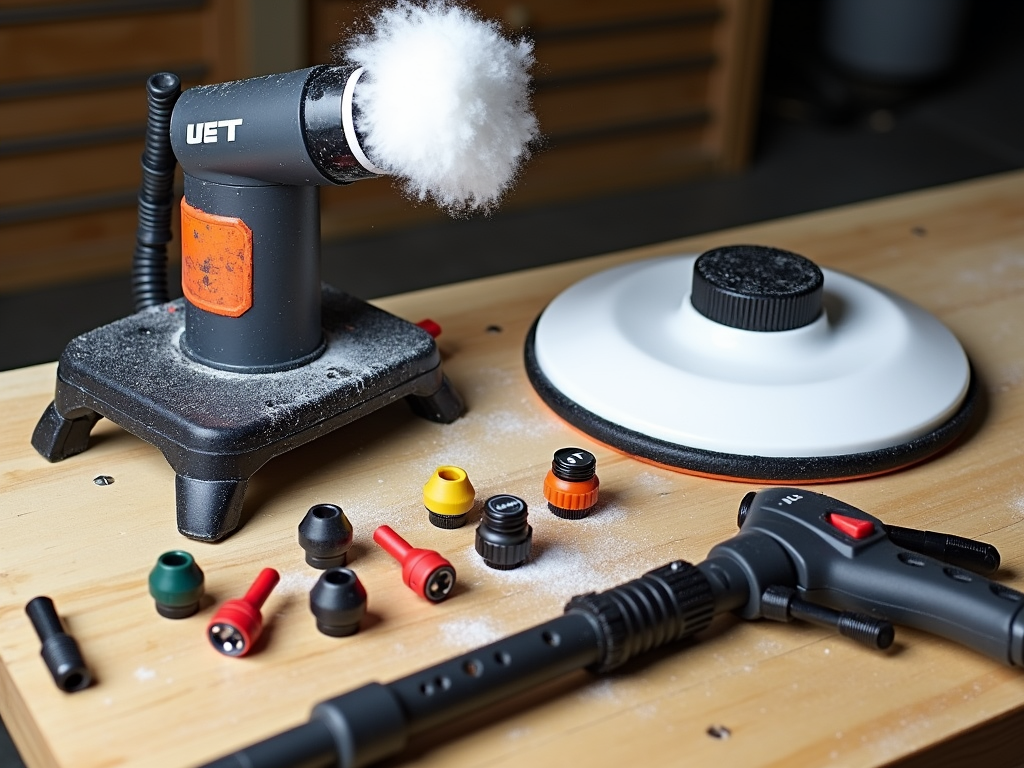
Stay Safe While Power Washing
Safety matters with these power tools. I once saw a friend get a nasty cut from the spray—it’s no joke. Follow these tips:
- Wear goggles, gloves, and boots.
- Never aim the nozzle at people or pets.
- Keep it away from power lines and outlets.
- Check your manual for specifics.
The Occupational Safety and Health Administration (OSHA) has great guidelines if you want more details (search OSHA.gov for pressure washer safety). Stay smart, and you’ll enjoy your power washer for years.

Wrapping It Up
Power washers blend science and strength to make cleaning easy. From pressure and flow to the right accessories, understanding The Science Behind Power Washers: How They Work helps you use them well. They’re perfect for cars, driveways, and more—just keep safety first. With these tips, you’ll master this awesome tool in no time.
Related The Science Behind Power Washers: How They Work:
- Top Workman Tools: Brands You Need to Know
- Advanced Techniques for Workshop Organization
- The Ultimate Guide to Tool Belts with Built-in Storage
- Essential Gear for New Contractors: Building Your Toolkit for Success
- 10 Must-Have Painting Tools for Faster Projects
- Top 10 Must-Have Tools for DIY Beginners: Your Essential Guide to Starting Strong
- Innovative Construction Tools: Boosting Efficiency on the Job Site
- Exploring the Latest Trends in Electrical Tools for 2023
- Why Ergonomics Boosts Efficiency: The Power of Ergonomic Hand Tools
- The Evolution of Power Tools: From Manual to Modern
- Maintenance Tips for Keeping Your Tools in Top Condition
- Ergonomic Workbench Setup Tips for a Comfortable and Productive Workspace

